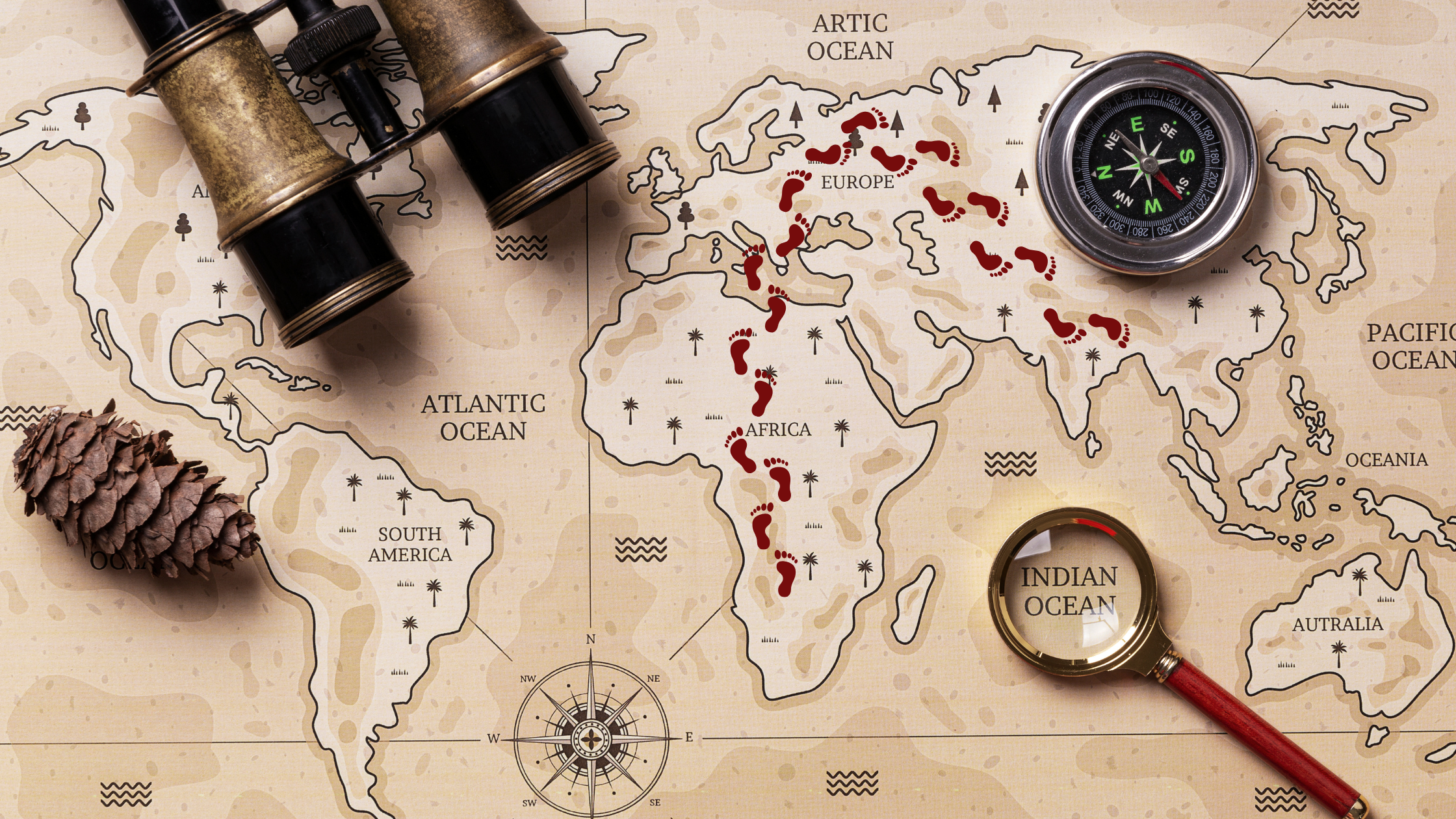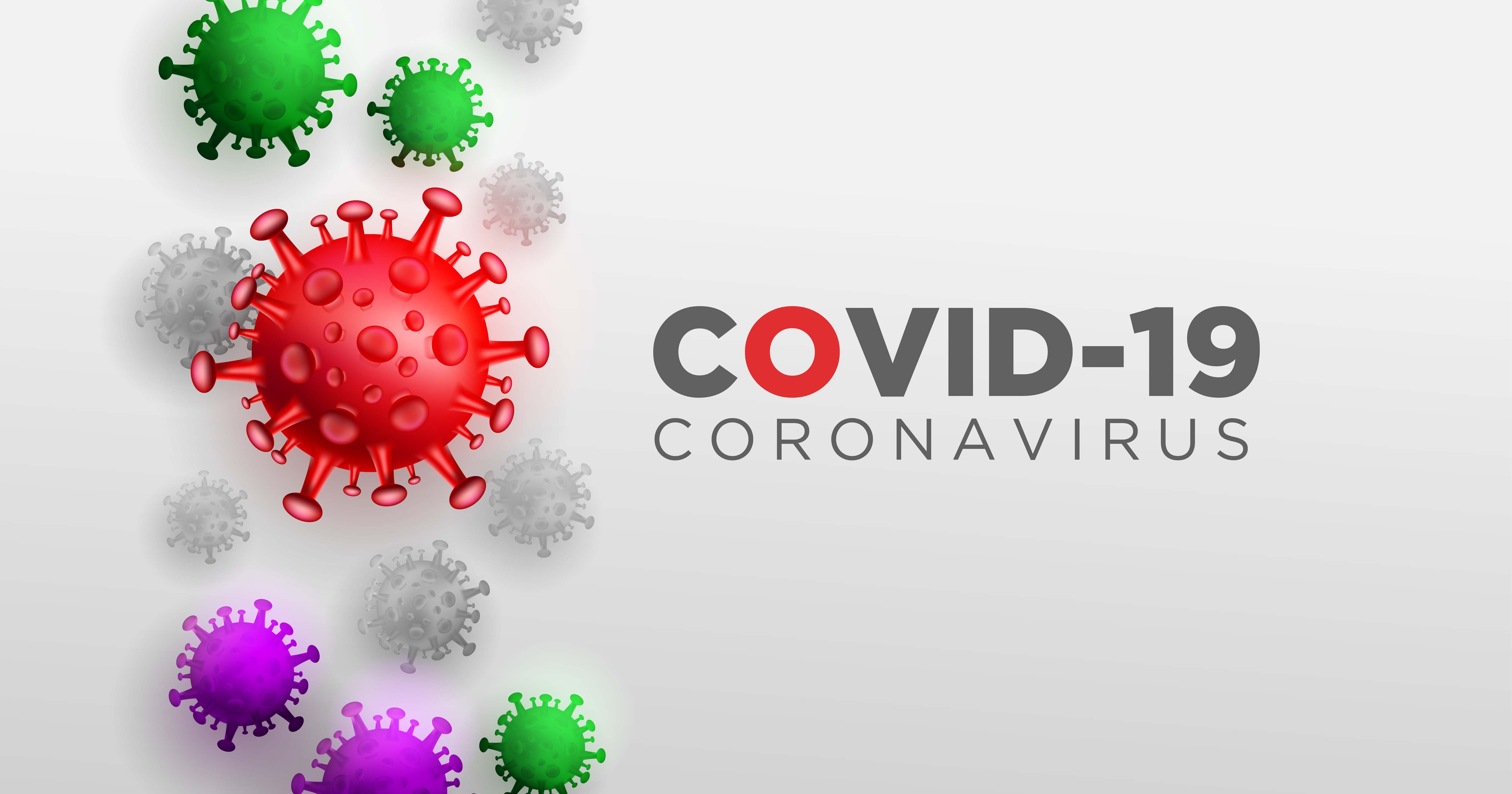DNA Ancestry Estimation: The Ultimate Time Machine

Throughout human history, the quest to understand our ancestral roots has intrigued and inspired countless generations. Until recently, exploring one's lineage was primarily reliant on historical records and family stories passed down through the ages. However, with the advancement of genetic science, the secrets of our past have become accessible in an unprecedented manner. Today, cutting-edge genetic technology allows us to trace our ancestry back in time, revealing a fascinating tapestry of human migration, evolution, and intermingling. In this article, we will delve into the captivating world of ancestry estimation through genetics, exploring what can be revealed about our heritage and the level of accuracy we can expect.
Genetic Ancestry Estimation:
At the heart of ancestry estimation lies the analysis of DNA. Our genomes are like encrypted messages, holding the key to our evolutionary past. With the breakthroughs in modern genetic research, scientists can now analyse specific markers in our DNA to gain insights into our ancestral origins. These markers are called Single Nucleotide Polymorphisms (SNPs), and they are distinct patterns within our genetic code that can be linked to different populations around the world.
Ancestry Informative Markers (AIMs):
Ancestry Informative Markers (AIMs) are specific genetic markers that show variations at significantly different frequencies across populations with distinct ancestries. These markers act as genetic signposts, allowing scientists to trace the ancestral heritage of individuals based on the presence or absence of particular alleles. AIMs play a crucial role in genetic ancestry testing, as they are used to estimate the proportions of an individual's genetic makeup originating from various geographical regions.
Data Sets and Reference Populations:
To estimate an individual's genetic ancestry, genetic testing companies utilise extensive data sets that include genetic information from diverse populations across the globe. These reference populations represent different continents, countries, and ethnic groups. By comparing an individual's DNA to the genetic profiles of these reference populations, the testing algorithms can estimate the percentage of the person's genetic makeup originating from various regions.
The availability and diversity of these data sets are paramount to the accuracy of ancestry estimation. The larger and more diverse the reference data sets, the better the precision of the estimates. Consequently, ongoing efforts to expand these data sets continue to enhance the accuracy and granularity of genetic ancestry results.
Ancestry Informative Markers and their Role in Unravelling Human Migrations:
AIMs have been instrumental in deciphering the migratory history of human populations. Through AIM analysis, researchers have been able to reconstruct the ancient movements of our ancestors, providing insights into human evolution and migration patterns.
1. Out of Africa Migration:
Genetic evidence strongly supports the hypothesis that modern humans originated in Africa around 200,000 years ago before migrating to other continents. A study by Stringer, C. (2016) suggests that most non-African populations are descendants of a small group of individuals who left Africa within the last 100,000 years.
2. Neanderthal Interbreeding:
The genomes of non-African populations contain traces of Neanderthal DNA, indicating that interbreeding between early Homo sapiens and Neanderthals occurred in the past. According to a study by Prüfer, K. et al. (2017), modern humans outside of Africa carry 1.5-2.1% Neanderthal DNA in their genomes.
3. Migration Patterns in the Americas:
Ancestry genomics has provided valuable insights into the people of the Americas. Studies, such as Raghavan, M. et al. (2015), reveal that Native American populations are descendants of ancient populations that migrated from Siberia across a land bridge called Beringia during the last Ice Age.
Maternal and Paternal Lineage Diversity:
One fascinating aspect of genetic ancestry estimation is the ability to trace both maternal and paternal lineages.
1. Maternal Lineage (Mitochondrial DNA):
It is through mitochondrial DNA that we can trace the maternal line, as this unique type of DNA is inherited exclusively from the mother. Notably, genetic studies of indigenous people in North and South America have revealed fascinating connections, suggesting that some Native American populations have ties to ancient groups in Siberia.
2. Paternal Lineage (Y Chromosome DNA):
The Y chromosome, inherited solely from the father, is a powerful tool in understanding the migration patterns of ancient human populations. Remarkably, studies on the genetic diversity of modern male populations in Europe have provided evidence for significant movements of people during historical times, such as the migration of the Celtic people across the continent.
Understanding the Migration of DNA:
Genetic ancestry estimates not only reveal our geographic origins but also shed light on the migration patterns that shaped human history.
1. Out of Africa: Genetic evidence strongly supports the theory that all modern humans originated in Africa and gradually migrated to other parts of the world over tens of thousands of years. By studying the genetic diversity of contemporary African populations, researchers have been able to trace the paths of human expansion across the globe.
2. Human Dispersal Routes: Through genetics, researchers have uncovered the ancient migratory routes taken by our ancestors. One intriguing example is the genetic legacy of the Austronesian-speaking people, who navigated the vast Pacific Ocean thousands of years ago, spreading from Taiwan to populate islands as far as Hawaii, New Zealand, and Madagascar.
3. Admixture and Interbreeding: Genetics has revealed fascinating instances of ancient human groups interbreeding, leaving lasting imprints on our DNA. For instance, traces of Denisovan DNA, an extinct hominin group, have been found in the genomes of modern humans in East Asia and Oceania, highlighting a history of cross-species encounters.
The Impact of Ancestry Genomics on Understanding Human Ancestors:
The field of ancestry genomics has revolutionised our understanding of human history, migration, and evolution. The comprehensive analysis of DNA from ancient and modern populations has revealed remarkable insights into our ancestral past.
For example, studies on ancient DNA (aDNA) have provided crucial information about the movements and interactions of ancient human populations. The discovery of a female individual known as "Cheddar Man" in the UK revealed that he had blue eyes, dark skin, and curly hair, offering a glimpse into the appearance of Mesolithic Europeans over 10,000 years ago.
Furthermore, genetic testing has led to the reconnection of individuals with their ancestral roots. For instance, a heartwarming story emerged when two distant cousins, unaware of each other's existence, discovered their shared heritage through genetic testing and were reunited after generations of separation.
A Footprint Tracker for Globalization:
Genetic ancestry estimation has become a unique footprint tracker for globalisation. As people have migrated, intermingled, and settled in different regions throughout history, their genetic signatures have left traces that remain imprinted in the genomes of their descendants. Ancestry testing has shed light on the complex interplay of human migrations, trade, colonisation, and historical events, revealing surprising connections between seemingly distant populations.
For instance, genetic studies have highlighted unexpected links between populations in seemingly disparate regions, showing how historical trade routes and conquests have influenced genetic diversity. A study by Pickrell, J. K. et al. (2014) found that many East African populations have genetic affinities to Eurasian populations, suggesting ancient interactions between these regions.
Furthermore, genetic ancestry testing has led to a greater understanding of diaspora communities, helping individuals with African, Jewish, or Native American heritage among others, reconnect with their ancestral roots. These tests have given people the opportunity to reclaim lost identities and strengthen their cultural connections.
Genetic ancestry estimation, fuelled by Ancestry Informative Markers and diverse reference data sets, has become a powerful tool to explore our shared human heritage. As a footprint tracker for globalisation, it reveals the intricacies of human migrations, the mingling of ancient populations, and the stories of our ancestors etched in our DNA. Embracing the insights that genetics offers us, we can embark on a journey of self-discovery, celebrating the remarkable achievements of genetic science while honouring the richness of our individual and collective stories. Through genetic ancestry estimation, we can forge a deeper appreciation for the interconnectedness of humanity, understanding that we are all united by the shared tapestry of our ancestral past.
References:
Cann, R. L., Stoneking, M., & Wilson, A. C. (1987). Mitochondrial DNA and human evolution. Nature, 325(6099), 31-36.
Karafet, T. M., Mendez, F. L., Meilerman, M. B., Underhill, P. A., Zegura, S. L., & Hammer, M. F. (2008). New binary polymorphisms reshape and increase resolution of the human Y chromosomal haplogroup tree. Genome research, 18(5), 830-838.
Pickrell, J. K., Patterson, N., Barbieri, C., Berthold, F., Gerlach, L., Güldemann, T., ... & Excoffier, L. (2014). The genetic prehistory of southern Africa. Nature communications, 5(1), 1-12.
Prüfer, K., Racimo, F., Patterson, N., Jay, F., Sankararaman, S., Sawyer, S., ... & Kelso, J. (2014). The complete genome sequence of a Neanderthal from the Altai Mountains. Nature, 505(7481), 43-49.
Raghavan, M., Skoglund, P., Graf, K. E., Metspalu, M., Albrechtsen, A., Moltke, I., ... & Willerslev, E. (2014). Upper Palaeolithic Siberian genome reveals dual ancestry of Native Americans. Nature, 505(7481), 87-91.
Stringer, C. (2016). The origin and evolution of Homo sapiens. Philosophical Transactions of the Royal Society B, 371(1698), 20150237.

The Gene Box











.png)



















































